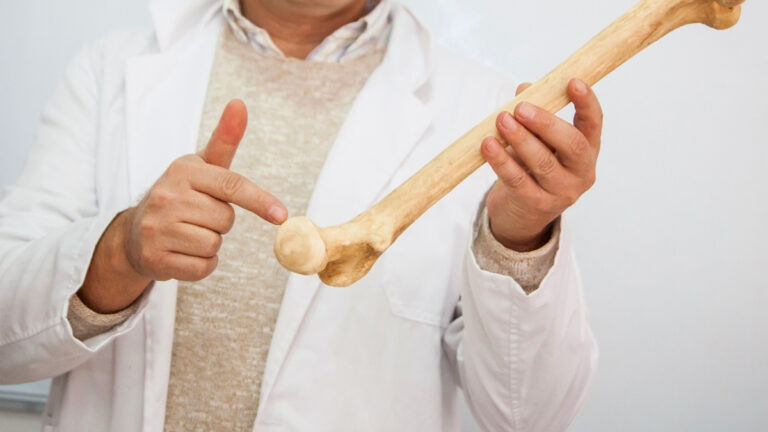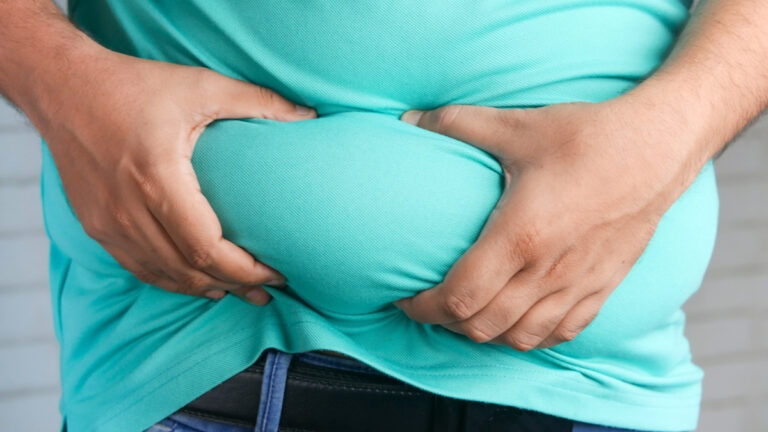How to Rebuild Joint Strength Naturally — No Surgery, No Expensive Treatments
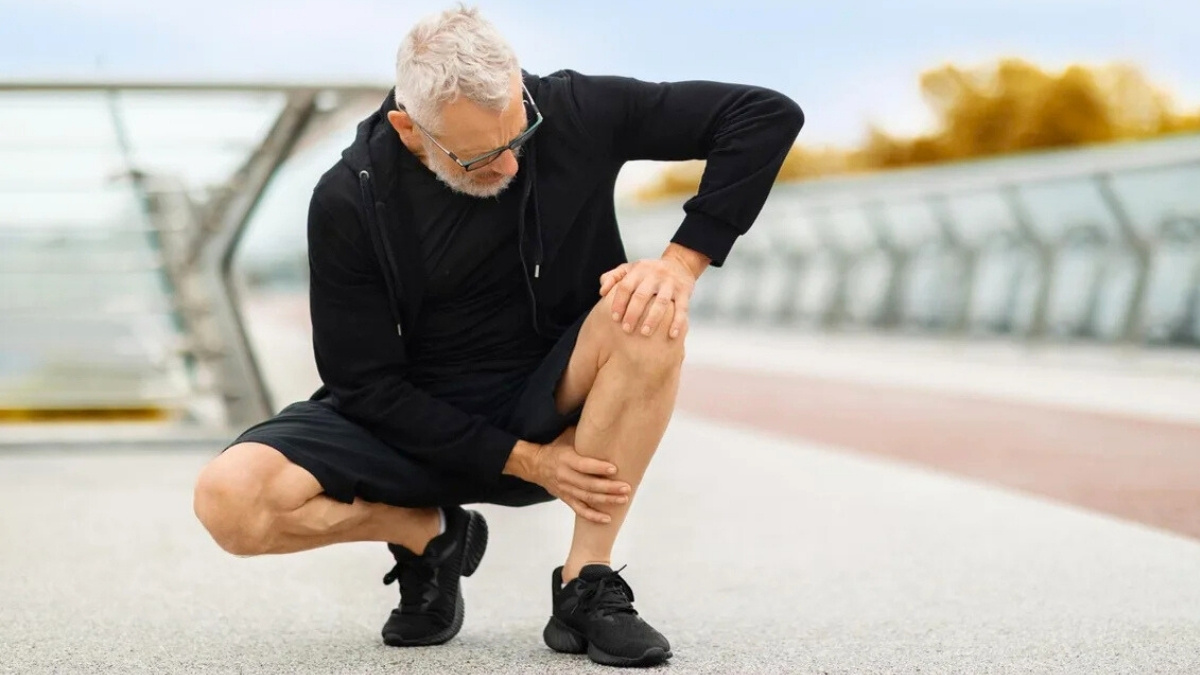
That familiar stiffness in your knees when you take the stairs. That ache that makes you worry about a future of expensive treatments or invasive surgery. This isn’t just “getting old.” It’s a solvable problem.
You may have tried old solutions, like basic glucosamine, and felt no real relief. This can leave you feeling frustrated and worried about losing the activities you love.
This article delivers a 3-pillar, non-surgical plan. It is based on current 2025-level evidence.
We will show you how to rebuild joint strength by moving past outdated advice.
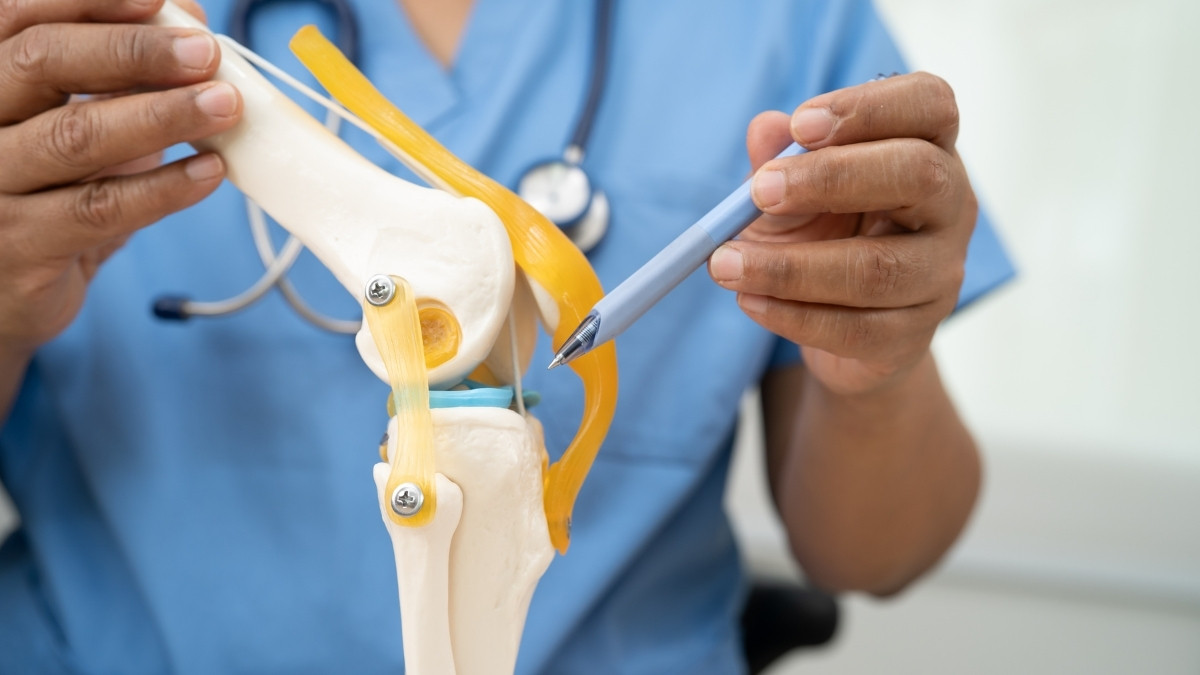
You will learn about new, clinically-proven botanicals , specific physical-therapist-approved exercises , and the lifestyle factors that stop inflammation at its source. This is your guide to lasting, natural joint health.
H2: Why Your Joints Really Hurt: Beyond the “Wear and Tear” Myth
For decades, you’ve been told joint pain is just “wear and tear.” The idea is that your joints are like tires on a car, and they simply wear out. This old myth makes you feel like surgery is the only option.
But for many people, the main problem is different. It’s a cycle of quiet, low-grade inflammation. This constant inflammation stops your body’s natural repair process from working correctly.

Your joint health is a whole system, like a 3-legged stool. It needs (1) Mechanical support from muscles, (2) Chemical balance (less inflammation), and (3) Systemic support from lifestyle. This guide addresses all three.
And here’s the proof: Even top surgeons are now focused on non-surgical, “biologic” solutions. This new field is called “Regenerative Orthopedics.”

Dr. Bert Mandelbaum, a co-director at Cedars-Sinai’s Regenerative Orthobiologic Center, puts it this way: “Our focus is on developing a family of orthobiologics that can improve symptoms and increase function and lifespan”.
This means the natural approach in this article isn’t “alternative” anymore. It’s the new standard for building stronger joints.
Pillar 1: The 2025-Ready Joint Supplement Toolkit (Clinically Proven)
If you’ve tried glucosamine and saw no results, you’re not alone. The supplement market has changed. New botanicals are faster and work better at low doses.
Here is the proof. In one study, a tiny 20 mg dose of Q-actin (a cucumber extract) was more effective for pain and mobility than 1,350 mg of glucosamine-chondroitin.
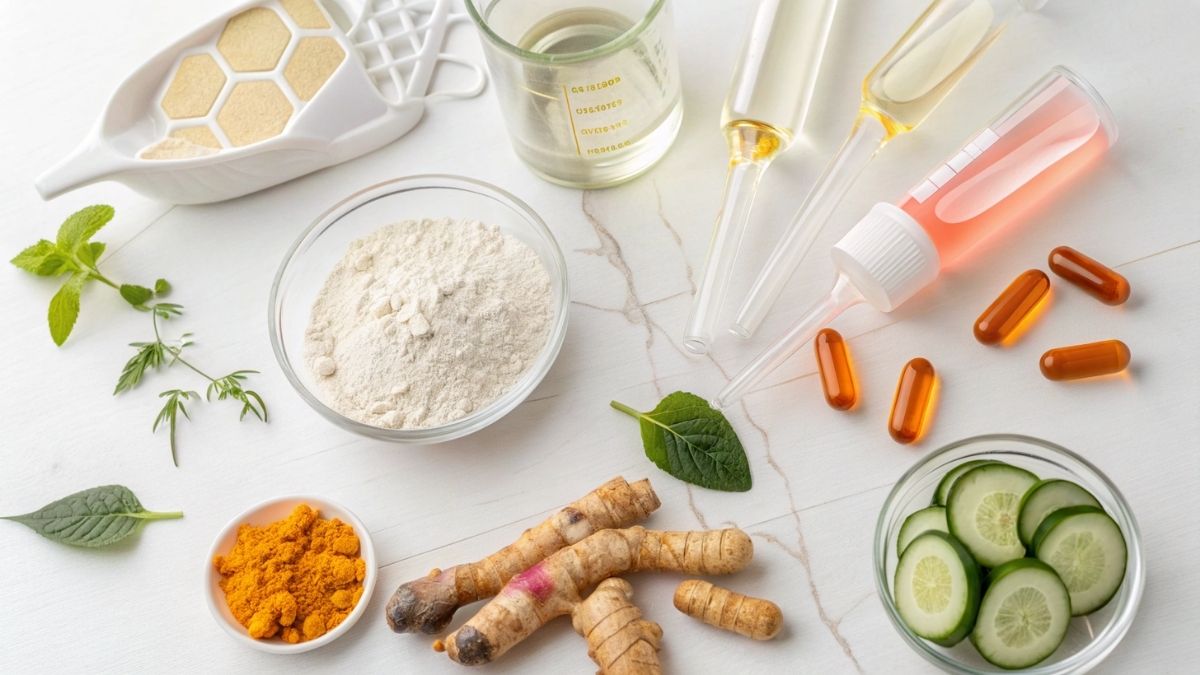
New supplements are also faster. Clinical trials show TamaFlex (a tamarind-curcumin blend) and a specific Boswellia extract can both start to reduce knee pain in as little as 5 days.
The right collagen matters, too. A 2025 trial on Low-Molecular-Weight Collagen Peptides (LMCP) found 3,000 mg/day significantly cut knee pain in patients.
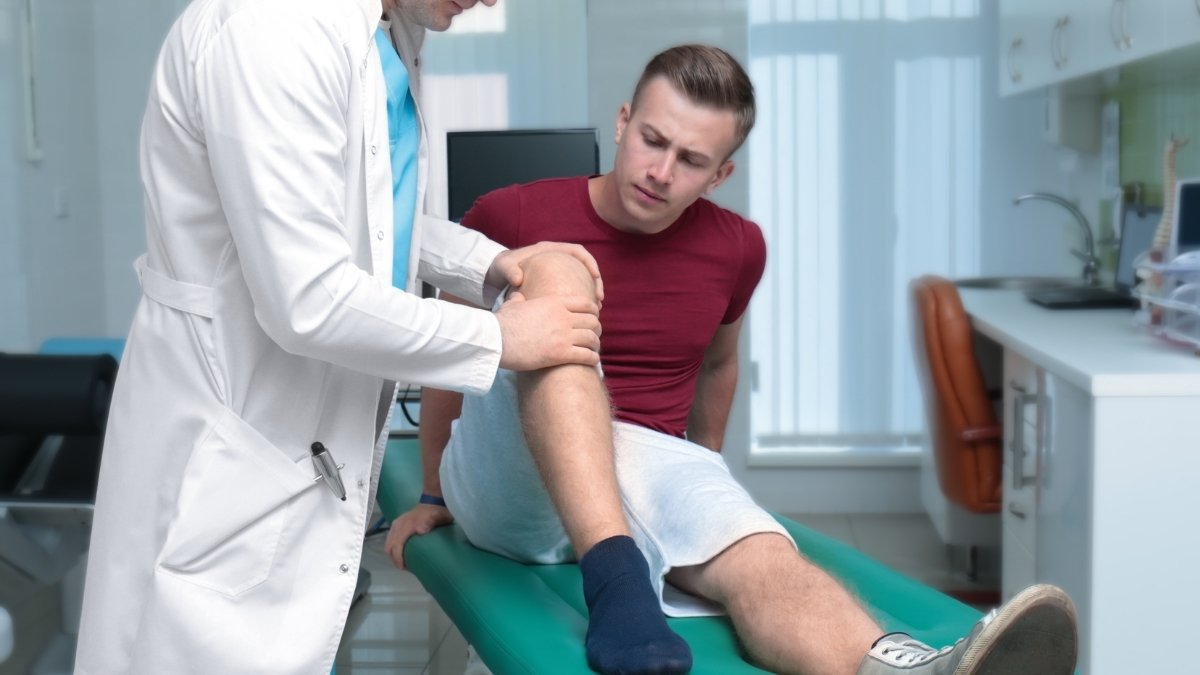
Even turmeric has changed. Basic turmeric is poorly absorbed. 2024 studies confirm that “bioavailability-enhanced” (BE) curcumin gives a 30% pain reduction , with C3 Complex (1500mg/day) being a common trial dose.
Pillar 2: How to Rebuild Joint Strength With Movement
Movement builds your body’s natural “shock absorbers.” Strong muscles around the joint, like your quads and glutes, absorb stress before it hits the cartilage. Physical therapist Greg LeBlanc, DPT, confirms this: “Strong muscles act as shock absorbers… [meaning] less stress placed on the joint.”
You can start safely with PT-approved exercises. Good options are straight-leg raises , seated leg extensions , and basic squats to a chair.
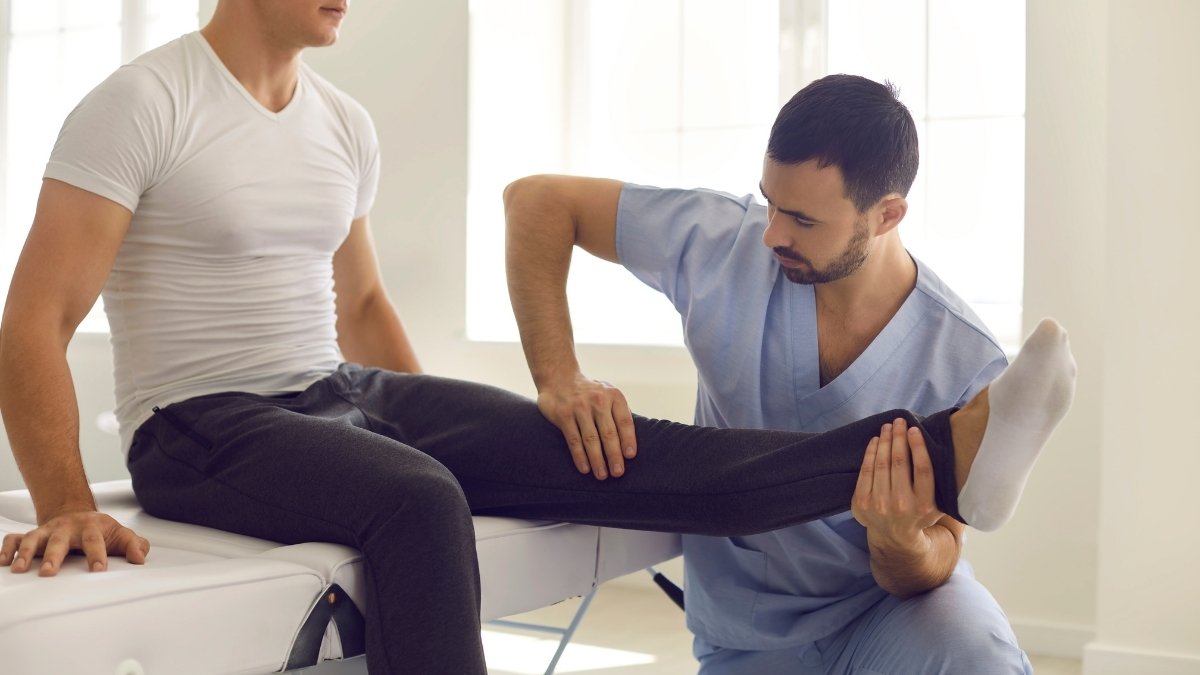
Next, you must bust the “knees over toes” myth. That old advice is wrong and can be harmful. Restricting your knees from moving forward can increase the load on your lower back by a staggering 1073%.
The 2025 “knee-proofing” method involves safely training this position. Exercises like the backward sled drag or tibialis raise build this “bulletproof” strength.
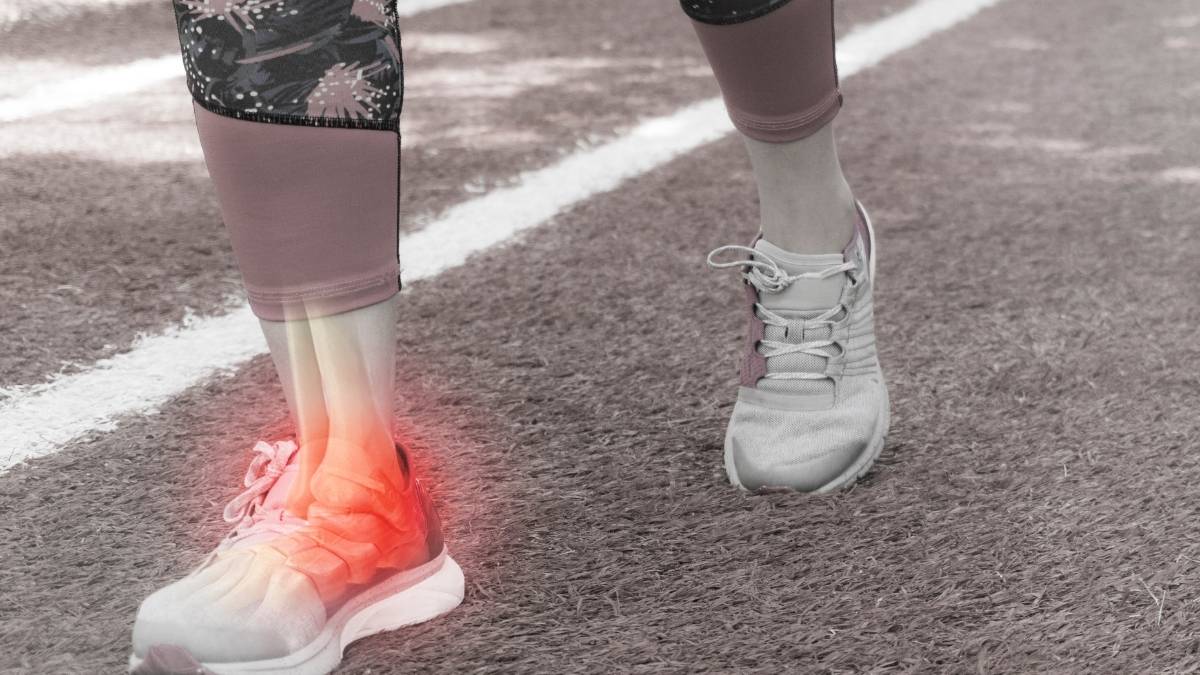
Finally, use your new strength in low-impact cardio. Swimming , cycling , and walking are all great choices. Remember to also work on hip mobility, as knee pain often starts with weak hips.
Pillar 3: Stop Pain at the Source—The 3 Levers of Inflammation
Your supplements and exercises can fail if your body is in a constant state of inflammation. This inflammation is often driven by three “invisible” triggers in your daily life.
The first trigger is excess weight. Here is the “Aha!” statistic: For every 1 pound of weight you lose, 4 pounds of pressure are removed from your knees.

It’s not just physical pressure. Fat tissue also releases chemicals that create inflammation. Losing weight reduces both the load and this chemical attack.
The second trigger is poor sleep. Lack of sleep makes you more sensitive to pain. It also creates a low-grade inflammatory state by raising markers like C-reactive protein (CRP).
The third trigger is chronic stress. High cortisol from stress doesn’t just feel bad; it can physically stop your joints from repairing themselves by disrupting cartilage metabolism.
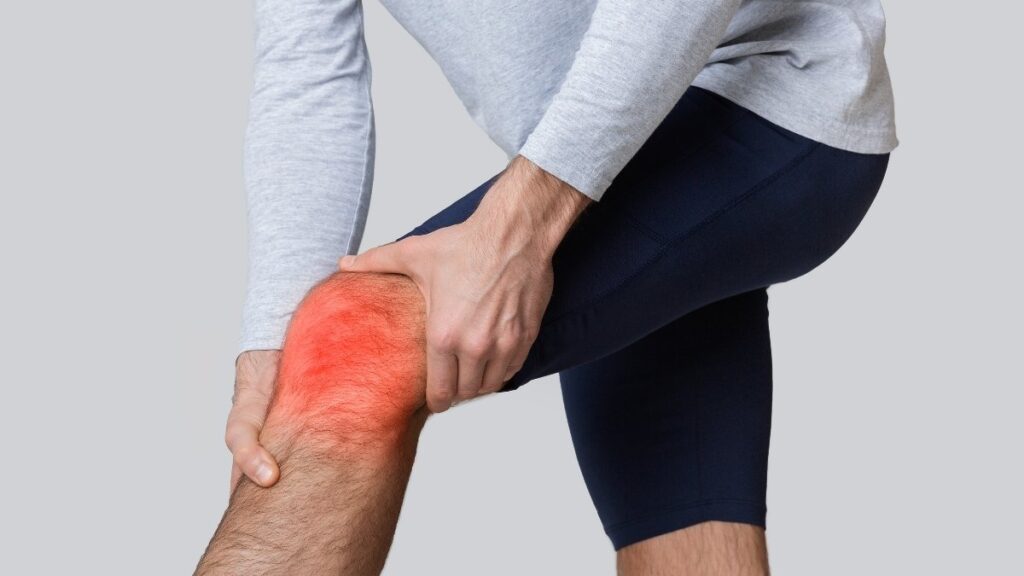
The solution is to fight this inflammation with a proven anti-inflammatory diet, like the Mediterranean diet. Dr. Tamiko Katsumoto, a professor at Stanford, says, “I think the biggest myth is that there’s nothing you can do to change your arthritis course… diet, lifestyle… can make a difference.”
Pillar 3b: How to Eat to Reduce Joint Inflammation
You cannot rebuild a joint if your diet is constantly fanning the flames of inflammation. Many common foods, like sugar, processed meals, and saturated fats, are known to drive inflammation in the body. This can make your joint pain feel worse.
The best approach is the Mediterranean diet. This isn’t a strict diet but a way of eating that focuses on whole foods. Think fruits, vegetables, nuts, beans, and healthy fats like olive oil.
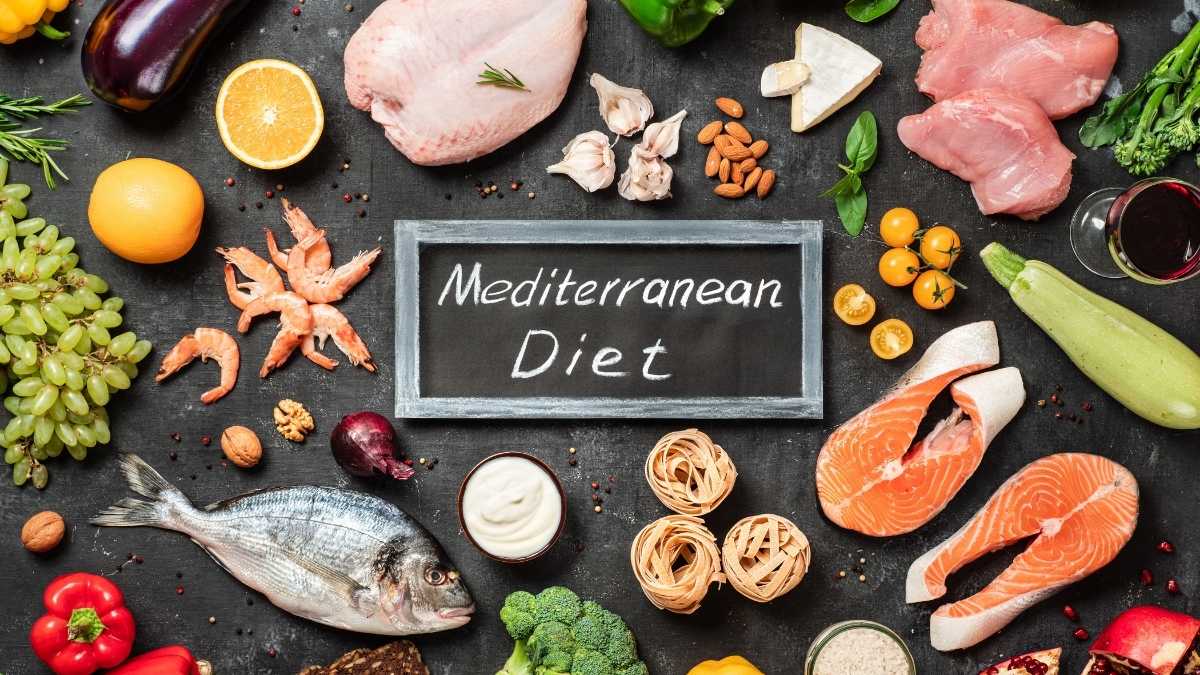
A key part of this diet is eating more fish. Fish like salmon and sardines are high in omega-3 fatty acids. Studies show omega-3s help lower two major inflammatory proteins: C-reactive protein (CRP) and interleukin-6.
And if you want a specific healthy juice, studies show tart cherry juice can help reduce joint inflammation and pain. It’s particularly noted for helping with gout, which is a type of inflammatory arthritis.
Pillar 2b: The Other Key Joints (Hips and Shoulders)
If you only focus on your knees, you might be missing the real source of the problem. Often, your knee pain is actually a hip problem. When your hips are weak, your knees and lower back take on extra stress.
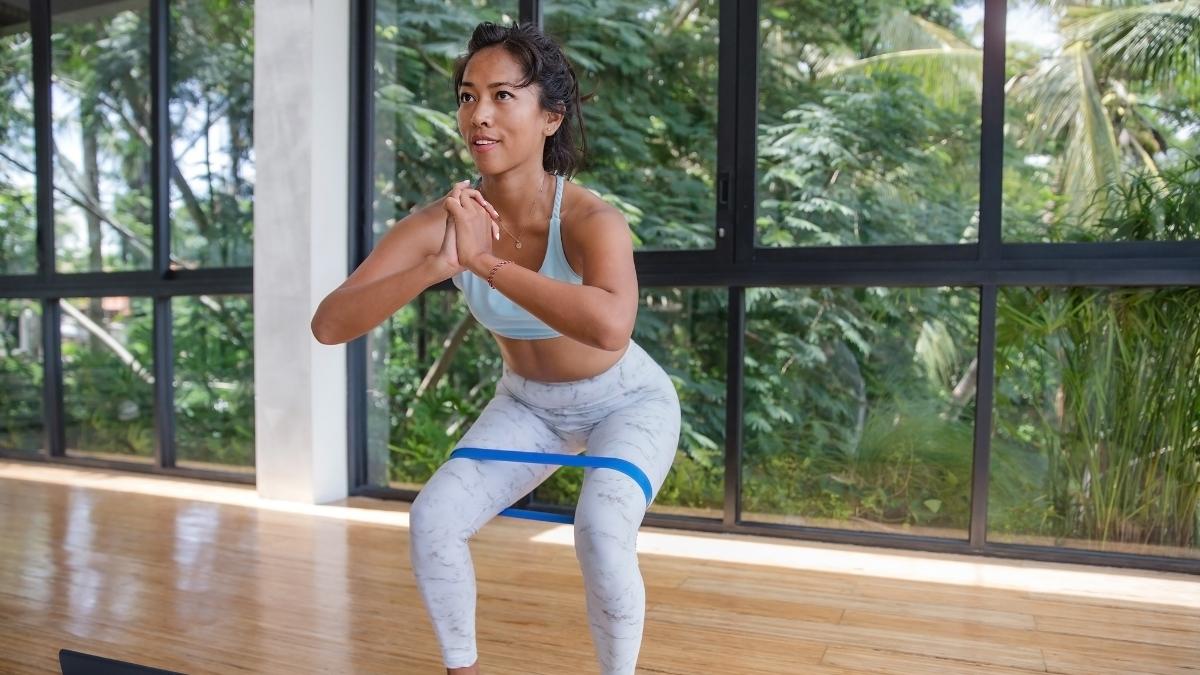
The American Academy of Orthopaedic Surgeons notes that strengthening the muscles that support the hip, especially the glutes, is crucial for keeping the hip joint stable and preventing pain.
A key physical therapy drill is the “Lateral Band Walk”. Placing a resistance band above your knees and taking small steps side-to-side forces your hip-stabilizing muscles to work, building strength where you need it most.
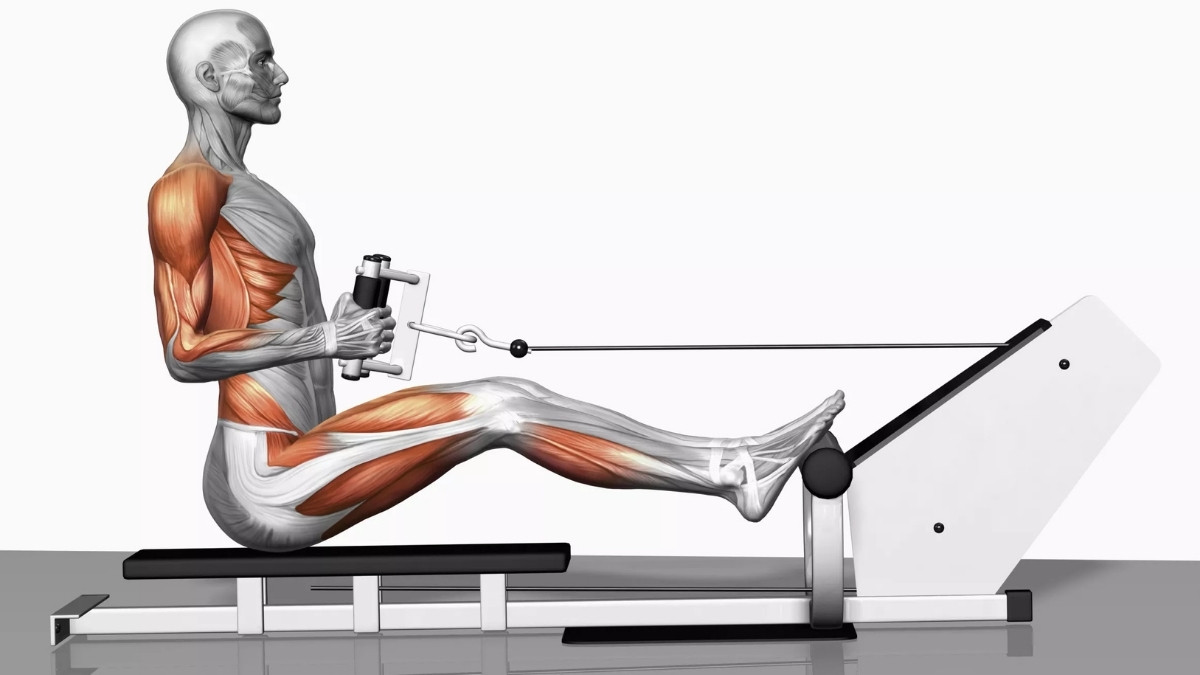
Don’t forget your upper body. Poor shoulder mobility can cause pain down your back and affect your posture. Simple exercises like Shoulder Rolls or a Seated Row can improve your range of motion and build stability.
Your 2025 Action Plan: Free Apps and Support
A plan only works if you start. Don’t get overwhelmed. Just pick one thing from each pillar to try this week.
You can use free apps to help track your progress. These tools show you what’s working.

- ArthritisPower: This app lets you track your pain, symptoms, and any new fitness plan.
- YES (Your Exercise Solution): A free tool from the Arthritis Foundation that gives you safe, custom exercise ideas.
- Track + React: Helps you see how your diet, exercise, and other activities affect your joint pain.
You also don’t have to do this alone. Finding support from people who understand is important.
- Live Yes! Connect Groups: Free, peer-led support groups (on Zoom or in-person) from the Arthritis Foundation.
- Pain Connection: Offers weekly peer-led support groups for chronic pain held over video (Zoom).
Lastly,
Rebuilding joint strength naturally isn’t about one miracle cure. It’s about a smart plan where everything works together.
It comes down to three pillars. (1) Using new-generation supplements that are clinically proven to work. (2) Building your muscular “shock absorbers” to protect your joints. (3) Stopping the quiet inflammation from weight, stress, and poor sleep.

You have the power to change your joint health. Start small. You don’t have to do it all today.
Just pick one exercise from this list to try. Pick one resource to explore. This is how to rebuild joint strength, and your first step starts right now.


